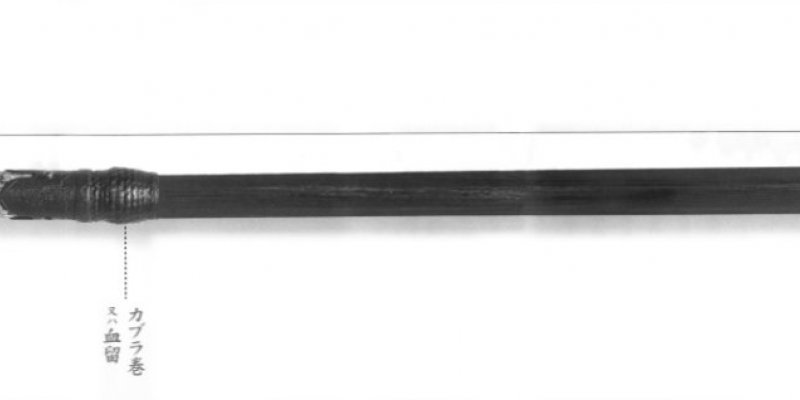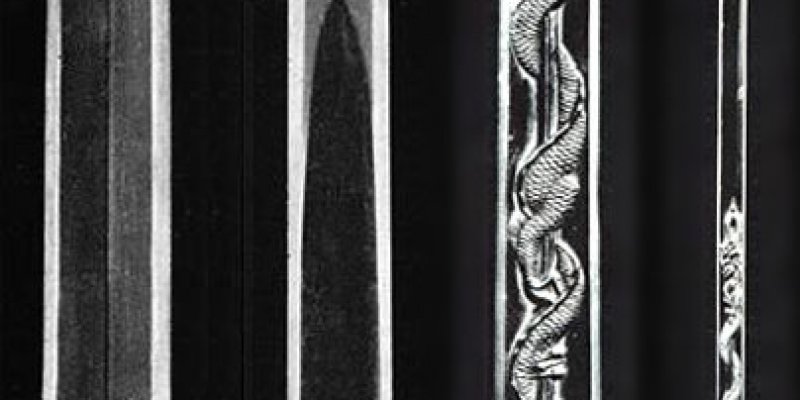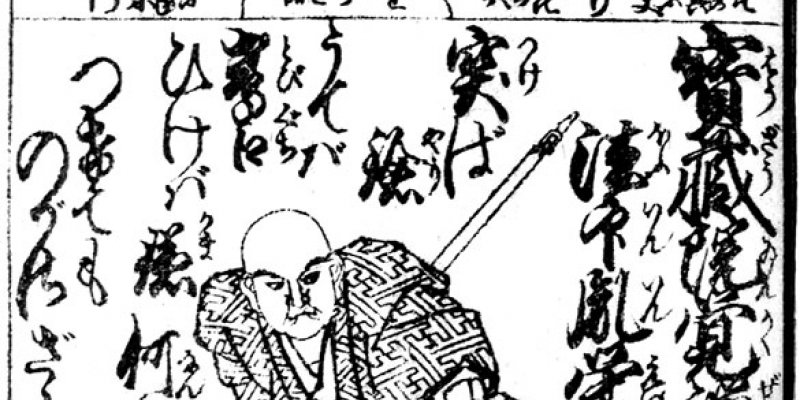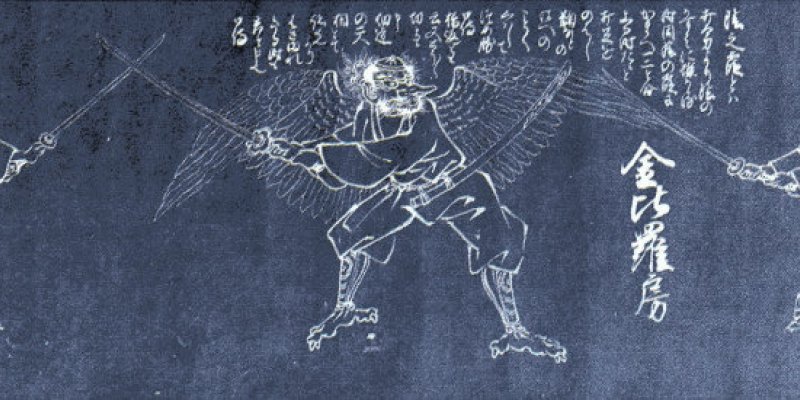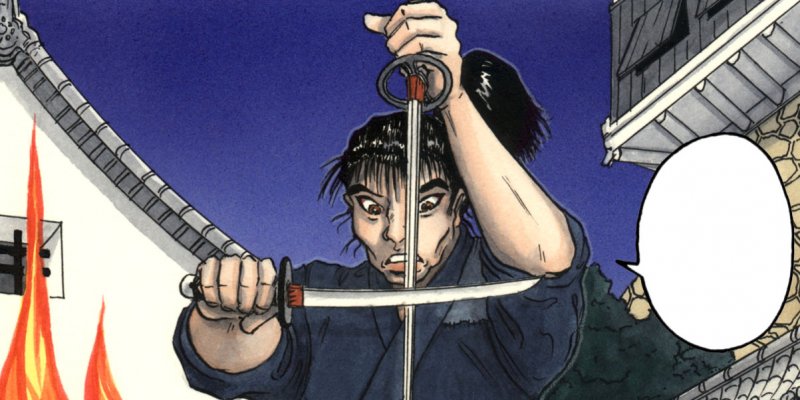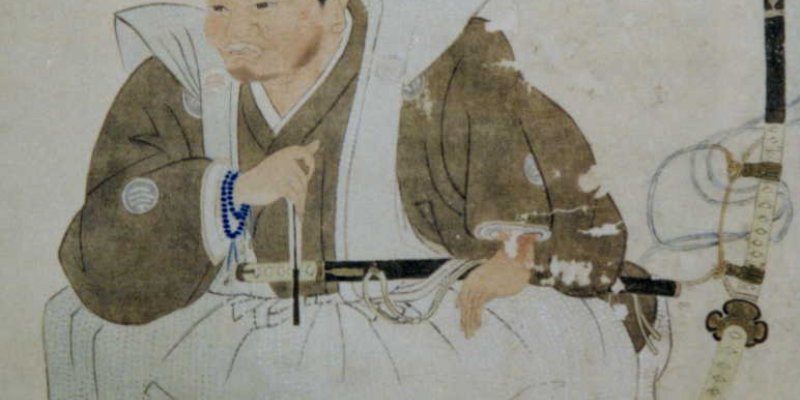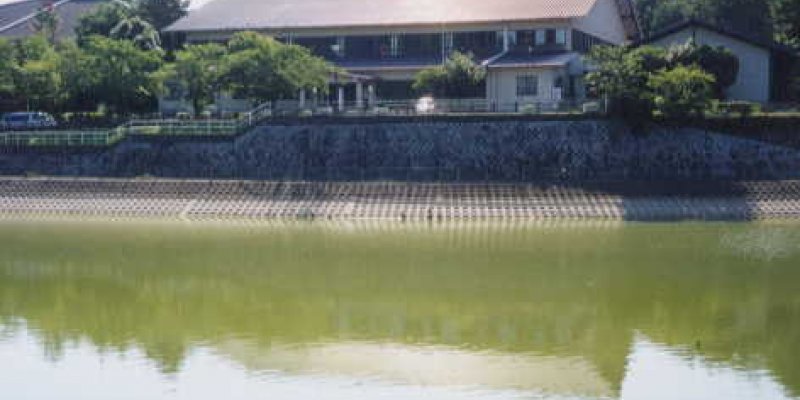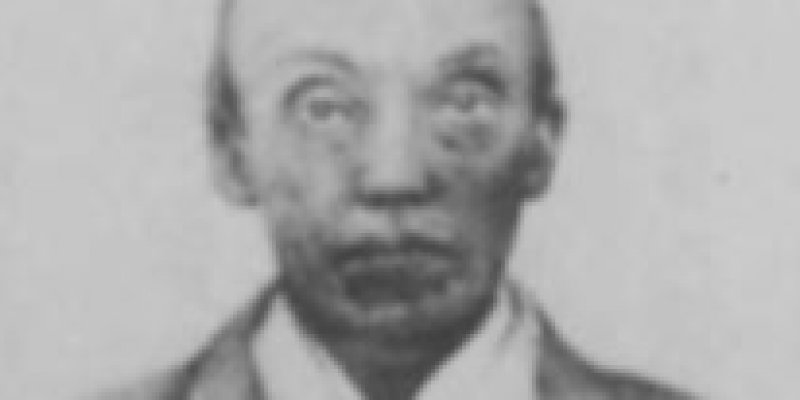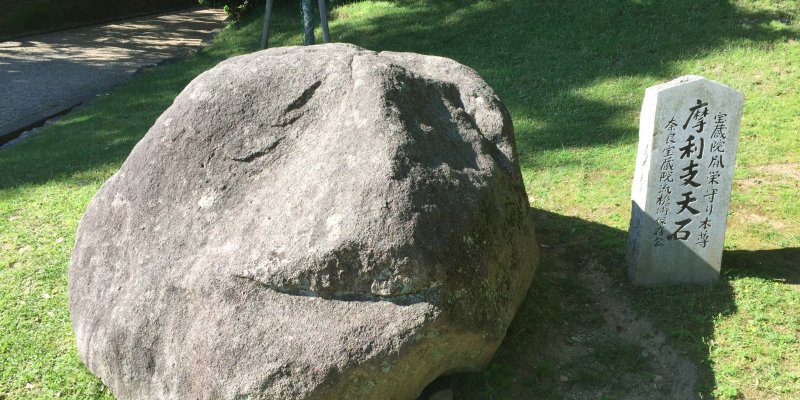Written by Kagita Chūbee, 20th sōke (headmaster) of the Hōzōinryū
Happy new year.
I feel honoured to have the opportunity to write on the sōjutsu of the Hōzōinryū and would be glad if you would follow me through the 12 episodes that will be published here in the course of this year.
Written by Kagita Chūbee, 20th sōke (headmaster) of the Hōzōinryū
Yari and Hoko
This time I would like to write about the types of spears called yari and hoko.
Written by Kagita Chūbee, 20th sōke of the Hōzōinryū
Hōzōin Kakuzenbō Hōin Inei
Inei, the founder of the Hōzōinryū Sōjutsus, was born in the first year of Daiei (1521) as the second son of Nakamikado Tajima Inei who was a warrior monk of the Kōfukuji1. The Nakamikados were descendants of Prince Toneri2, who had been the fourth son of Emperor Tenmu3, and originally went by the family name Sakaguchi. Their ancestor Sakaguchi Musashi Nobutane had been a very strong and brave man. He loved the martial arts and was feared by everbody as the wild Musashi. In the battle of Kasagi castle in the first year of Genkō (1331), which took place during the Genkō4 war in which he fought on the emperor's side, he distingished himself and was rewarded with a sword and the family name Nakamikado by Emperor Go-Daigo5.
Written by Kagita Chūbee, 20th sōke of the Hōzōinryū
Yagyū and Hōzōin
The region called Yagyū1 was located 36 km away from Kyōto and more than 10 km away from Nara. In the East it bordered upon the province of Iga which made it very easy to obtain information about the powerful clans in all of Japan2. Due to its abundance of water the region was very fertile. Furthermore Yagyū together with Nara and Iga was an area that produced a lot of martial artists, amongst others the Yagyū clan with the sword, Hōzōin Inei and Takada Matabee with the spear, Bōan3 with naginata and spear, Heki Danjō Masatsugu4 with bow and arrow or the members of the ninja school Igaryū.
Von Kagita Chūbee, 20. Sōke der Hōzōinryū
Musashi and the Hōzōinryū
The Hōzōinryū was the largest Sōjutsu school during the Edo period, but that its name ist still known nowadays presumably is due to Yoshikawa Eiji's1 novel "Musashi"2.
Written by Kagita Chūbee, 20th sōke of the Hōzōinryū
The Genealogy of Hōzōinryū Sōjutsu
As I already wrote in the May issue Hōzōinryū Sōjutsu was founded by Inei and subsequently developed into Japan's biggest Sōjutsu school. One reason for this was of course the outstanding quality of the techniques of handling a sickle-spear which Inei had worked up. The other reason was the fact that a lot of excellent disciples gathered in the Hōzōinryū who systematized and developed Inei's techniques further and further from generation to generation until the school had spread all over Japan.
Written by Kagita Chūbee, 20th sōke of the Hōzōinryū
The Return of the Hōzōinryū Sōjutsu to Nara
There is a mysterious relationship between the Hōzōinryū Sōjutsu and the family Kagita. In the year Shōwa 33 (1958) my late father Chūzaburō constructed the first toll highway in Japan which lead through the Kōenzan, a mountain in the west of Nara. One feeding road to this highway was built next to the cemetary of the temple Byakugōji. On this occasion my father discovered the tombs of Hōzōin Kakuzenbō Inei an his successors. This was the beginning of the previously mentioned relationship.
Written by Kagita Chūbee, 20th sōke of the Hōzōinryū
Kawaji Toshiakira and the Hōzōinryū Sōjutsu
Kawaji Toshiakira (1801 - 1868) was an outstanding character of the late Edo period. He held various important positions in the administration of the shogunate and is especially renowned as the signatory of the Treaty of Shimoda1 and as an advocate of the oppinion that the four southern islands of the Kuril Islands were Japanese territory.
Written by Kagita Chūbee, 20th sōke of the Hōzōinryū
Historical traces of the Hōzōinryū
As I already wrote in the previous issue, the Hōzōin was still in existence at the end of the Edo period1 and sōjutsu was still taught there then. But during the anti Buddhist movement at the beginnig of the Meiji period2 its buildings were torn down and its land was expropriated. At that time regrettably its dōjō was lost as well as the archives of its writings. Thus there are only very few historic monuments related to the Hōzōinryū that are left today, which I would like to introduce below.
